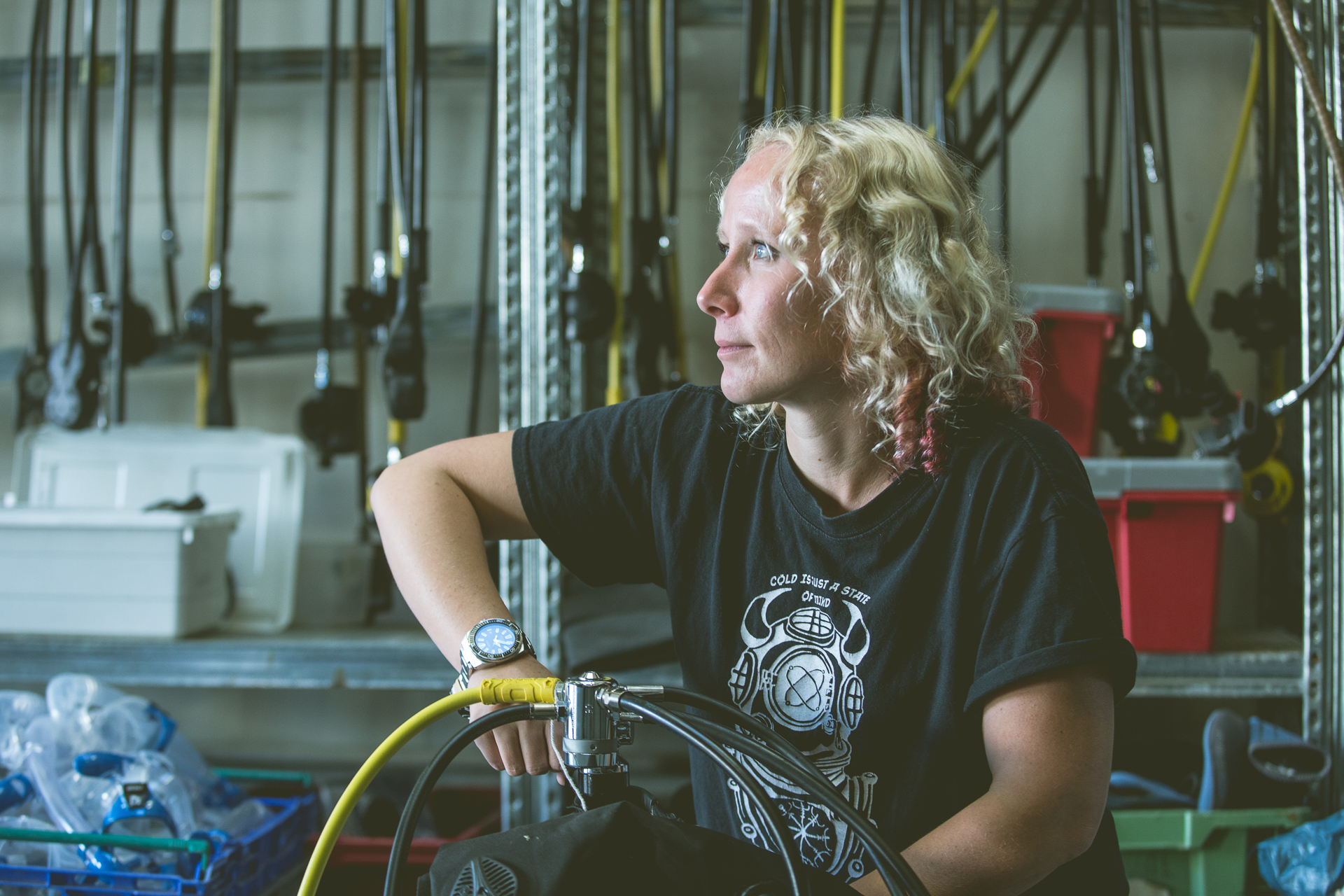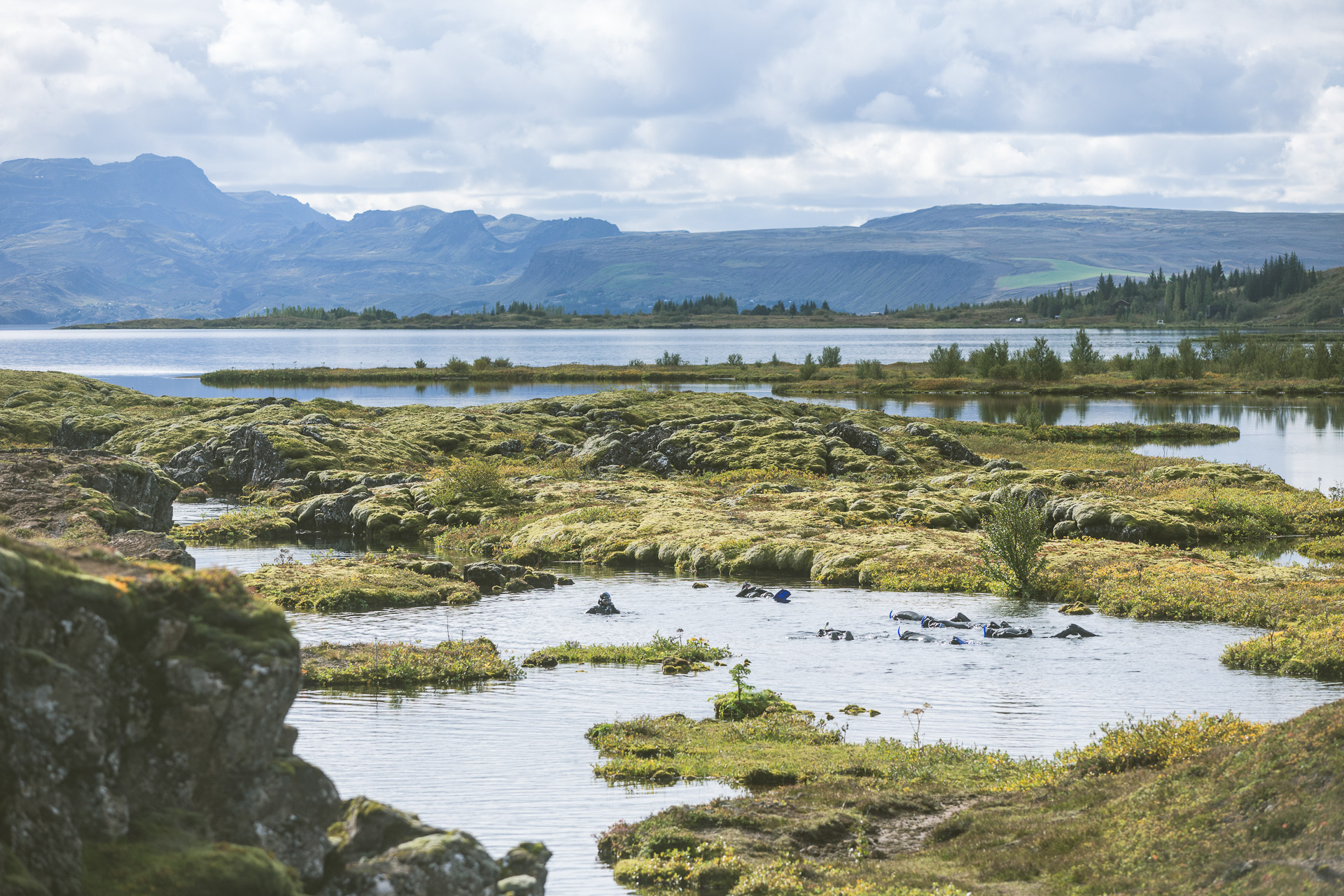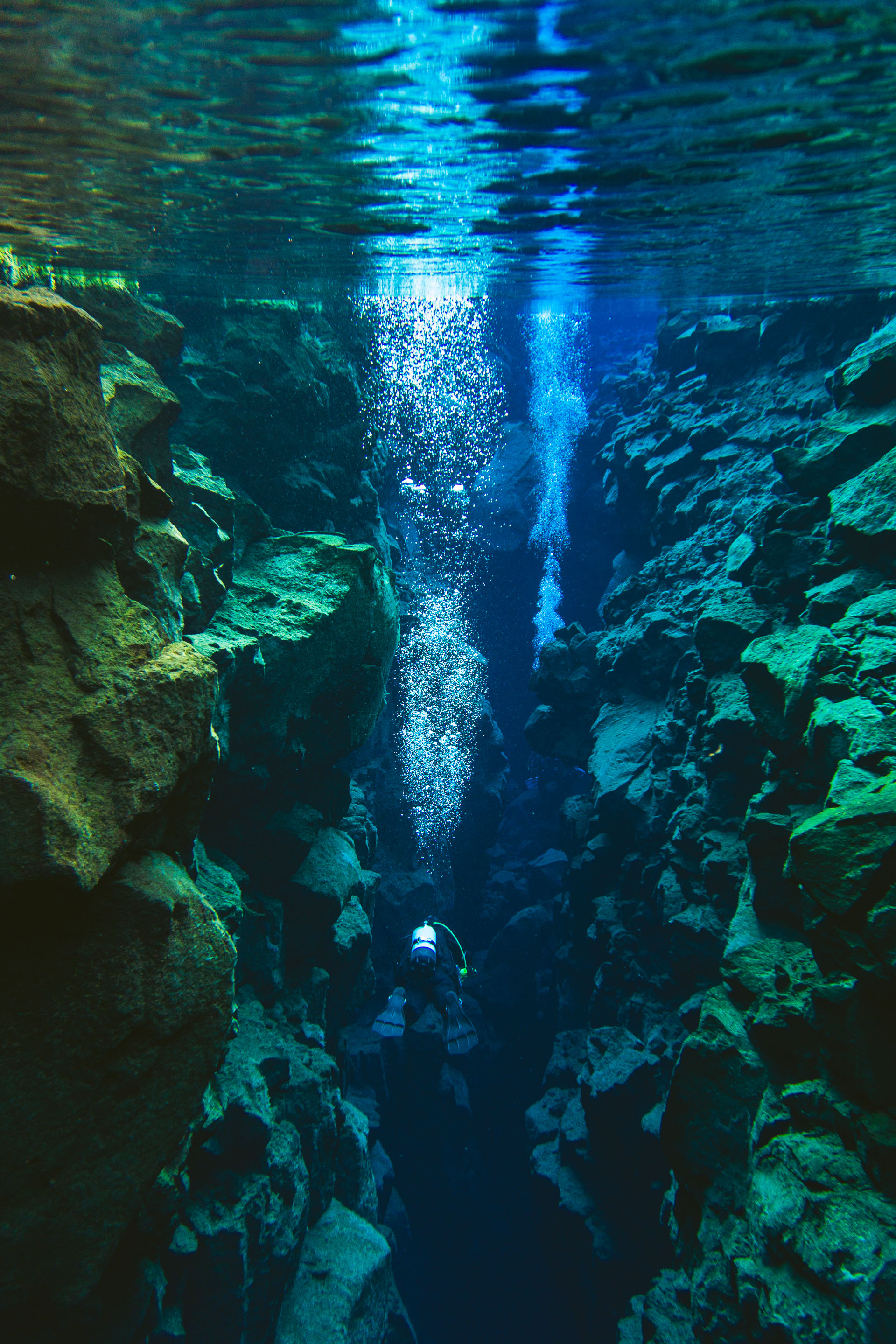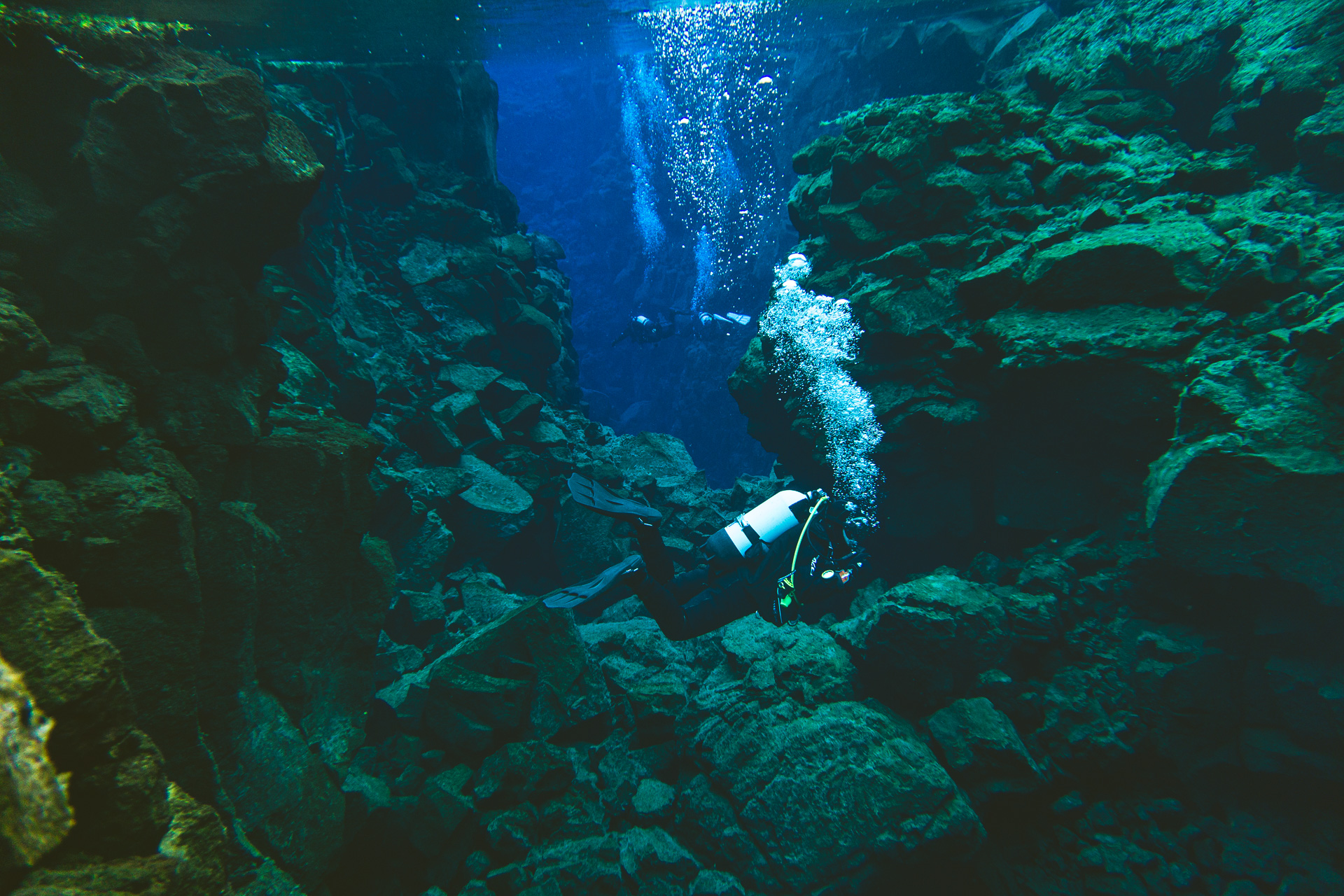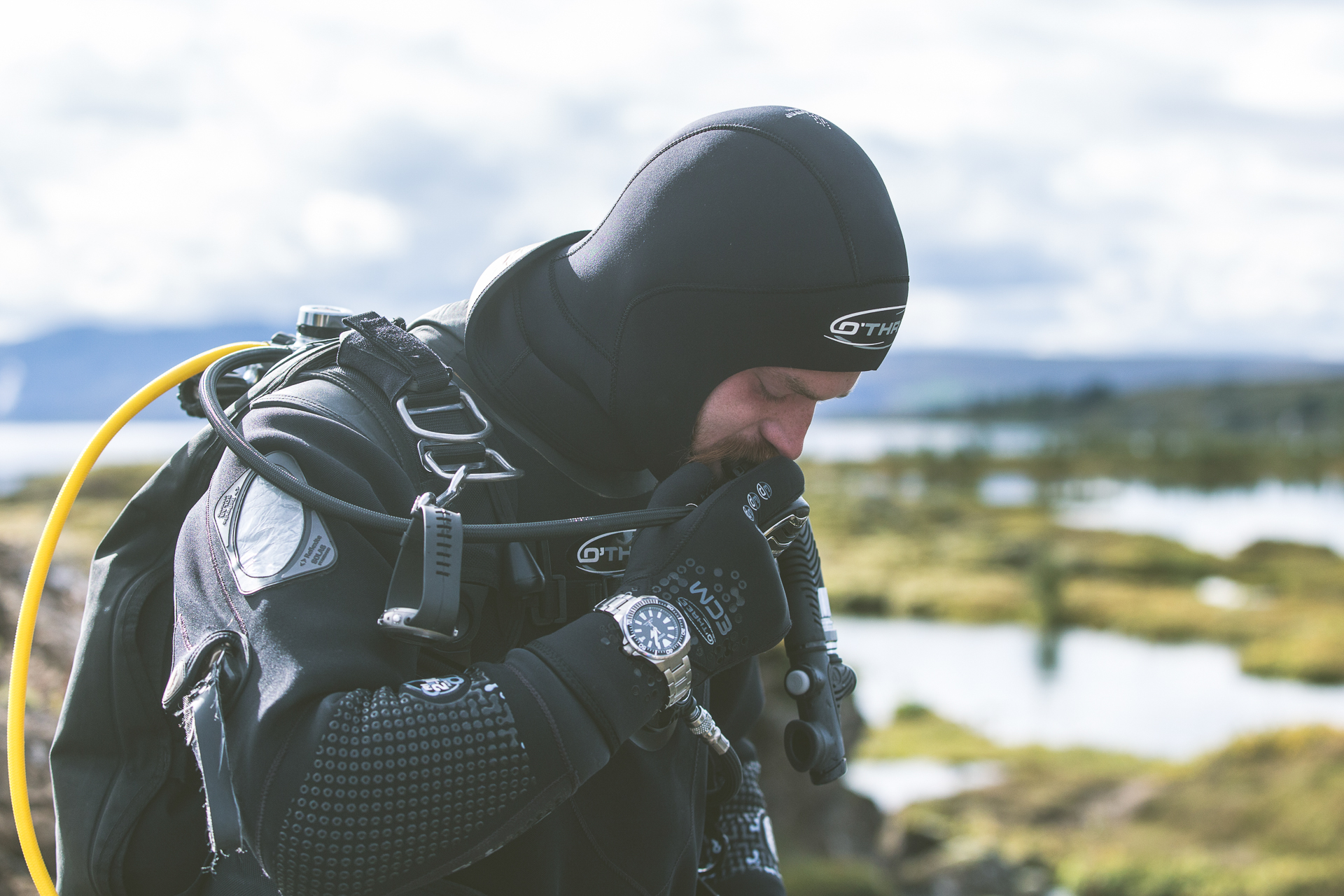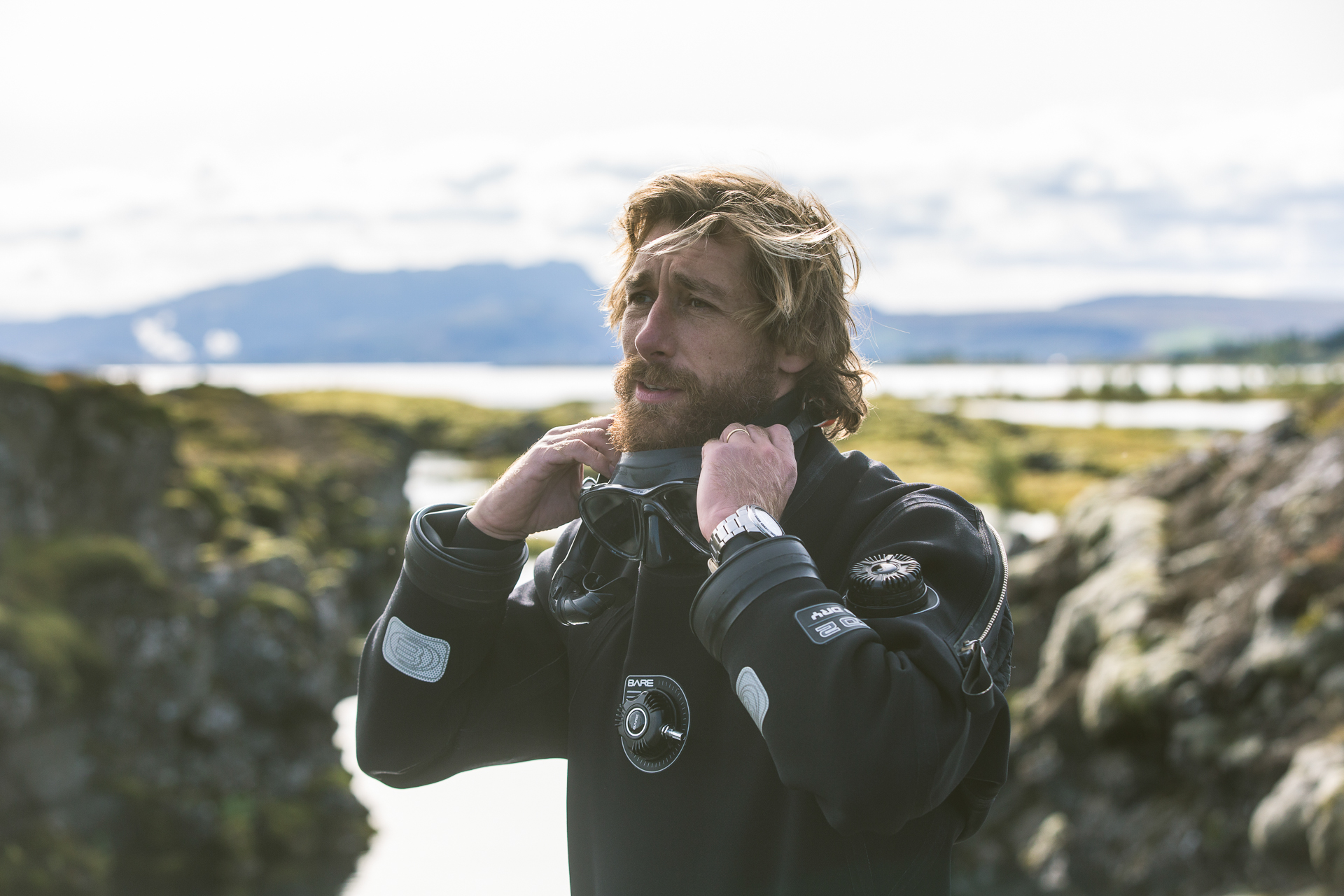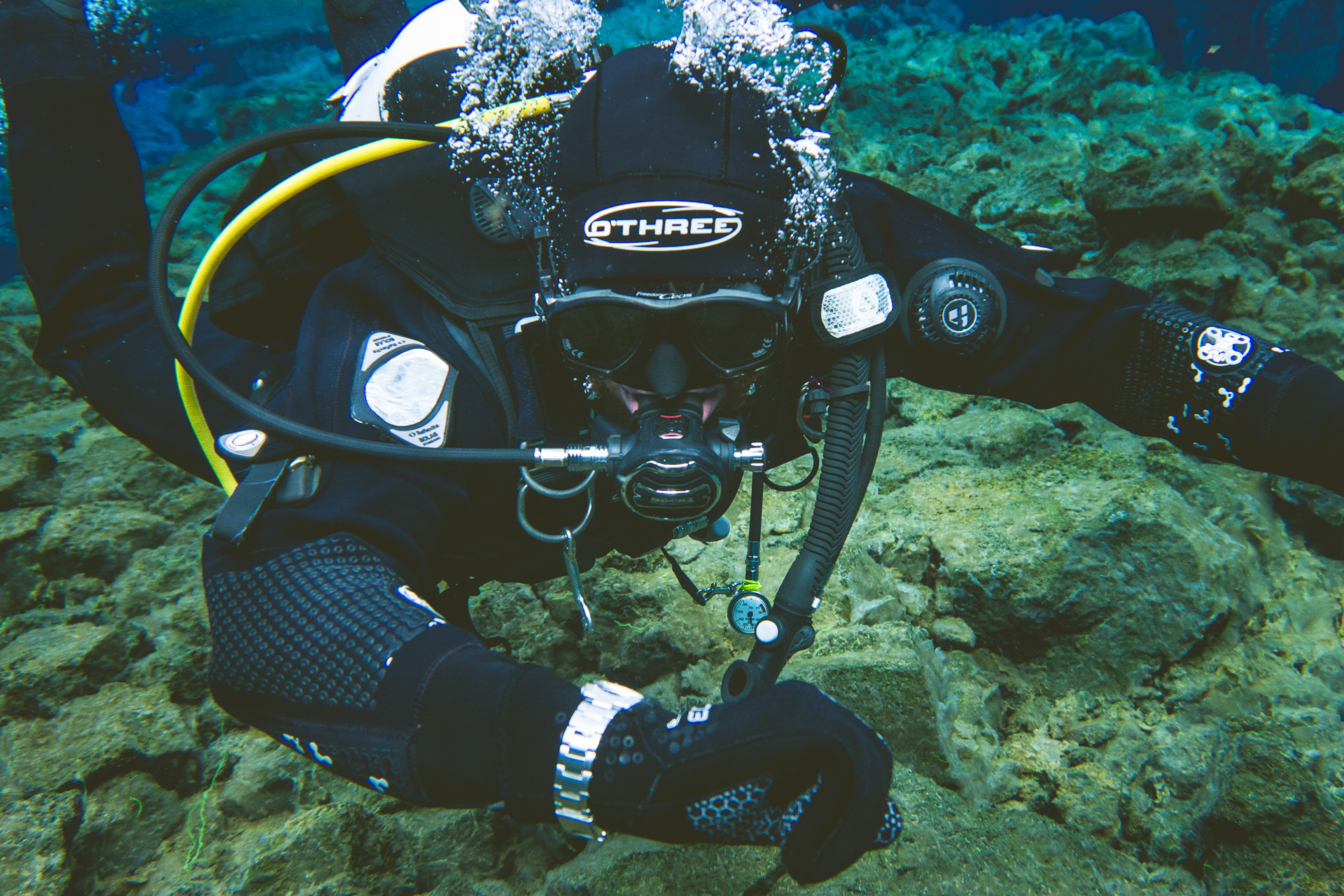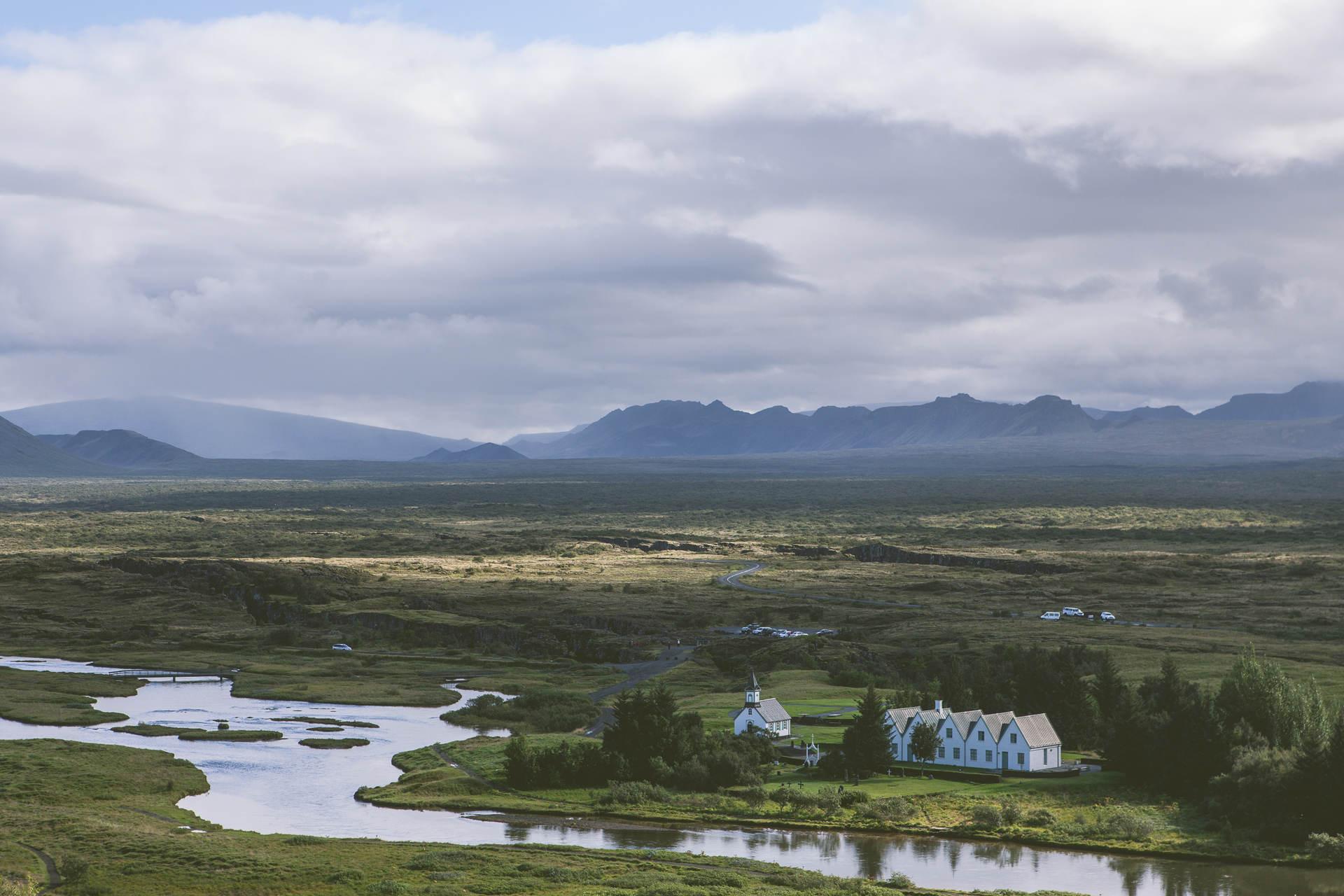We’ve teamed up with Seiko, who make the Prospex Diver’s watch collection, to produce a series examining one of the world’s most stunning dive sites – the Silfra Lagoon in Iceland. In this first instalment we talk to the British instructors who guide here about what makes Silfra so special, and why accurate timekeeping is essential for navigating its depths safely.
On the surface, it’s not instantly obvious what brings people here. The scrubby tussocks of grass around the lake’s edge hardly compare to rugged coastline of Croatia or the white sand beaches of Koh Phi Phi. The water is freezing, and the weather is frequently miserable – cold, windy and wet.
“The water is so clear, it feels like you’re flying above a canyon.”
But for the tens of thousands every year who brave the elements, the risk of hypothermia and even death, to dive below the surface of Silfra, these are prices worth paying. They’re gaining access to an underwater world like that’s like nothing else on the planet.
“There are very few places that have the same attraction as Silfra,” says Taz Wood, manager and dive instructor at Dive Silfra, “because the visibility is just astounding. It’s usually around 100 metres, but even on a bad day it’s 70 metres.”
